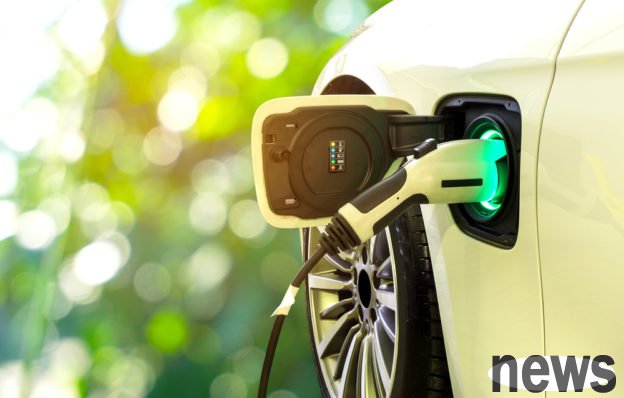
TrendForce's latest "Global Electric Vehicle Inverter Market Data", benefiting from the second quarter of 2025, benefiting from the growth of pure electric vehicle (BEV) sales. The global electric vehicle (note) has attracted inverter devices of 7.66 million units, an annual increase of 19%.
According to the power mode analysis, the BEV installation probability is 52%, and it has been further pulled out after the first quarter of 2024, even surpassing the combined proportion of hybrid electric vehicles such as fuel-electric hybrid vehicles (HEV), plug-in hybrid electric vehicles (PHEV), extended-range electric vehicles (REEV).
Observing the performance of Tier 1 suppliers, Biadi and Denso ranked first and second in the market with a market share of 17% and 14% respectively. In order to benefit from the popular sales of BEV and REEV models, the proportion has increased from 3% to 4%, and the growth is relatively obvious. The market structure is gradually led by Chinese companies. In addition to Biadi and Hua, Inovance has also ranked among the top five suppliers.
In terms of the application of power semiconductors in inverters, the second quarter of the silicon carbide (SiC) inverter transmission increased to 17%. Not only were the main engines in BEV, but they also gradually expanded to PHEV and REEV. The combined engines of the two of the latter accounted for nearly 19%, and the total investment was paid by the China Automobile Factory. The SiC rate of the REEV main driver inverter reaches 20%, and only the BEV is 31%. The rise in demand for REEV equipment has not scattered other demand for power vehicles. Instead, it has expanded the market size of the overall inverter and has become a key to promoting the popularization of SiC machines.
TrendForce said that SiC inverter has become more expanded as the market matures in REEV, and has gradually reduced the risks of concentrated BEV markets. The three power modes of PHEV, REEV and BEV with higher demand for inverters are in China, and international semiconductor manufacturers such as DRI continue to increase the proportion of production in the Chinese market. Overall, Chinese electric vehicles drive the transfer of overall industry links through mature end-application markets, which will increase the difficulty of non-Chinese-Series car companies.
Next:AI computing drives a heat dissipation revolution, and industry experts are optimistic about liquid cooling and silicon photons leading a new trend